If you live in the contiguous United States, winter begins to wind down in February, and spring will be here before you know it. Don’t be caught flat-footed by unseasonably warm days in March and April. Get a jump on preparing your yard for spring by finishing some simple tasks at winter’s end. Here are nine things a homeowner should do in February to prepare their yard for spring.
Maintenance and Tune-up of Yard Features and Equipment in February

Checking or replacing your lawnmower’s air filter is one of many equipment-related tasks that should be completed in February.
©JJ Gouin/iStock via Getty Images
As winter winds down, it is time to focus on maintaining equipment and yard furniture. Homeowners should look at benches, patios, chairs, tables, and yard ornaments. This is an excellent time to clean them up and perform necessary repairs and refinishings. Sweep off surfaces and remove debris and dead vegetation from your yard. After this, have your lawnmower serviced by a pro, or do it yourself. It’s also an excellent time to sharpen and lubricate other garden tools.
February Tree and Shrub Care
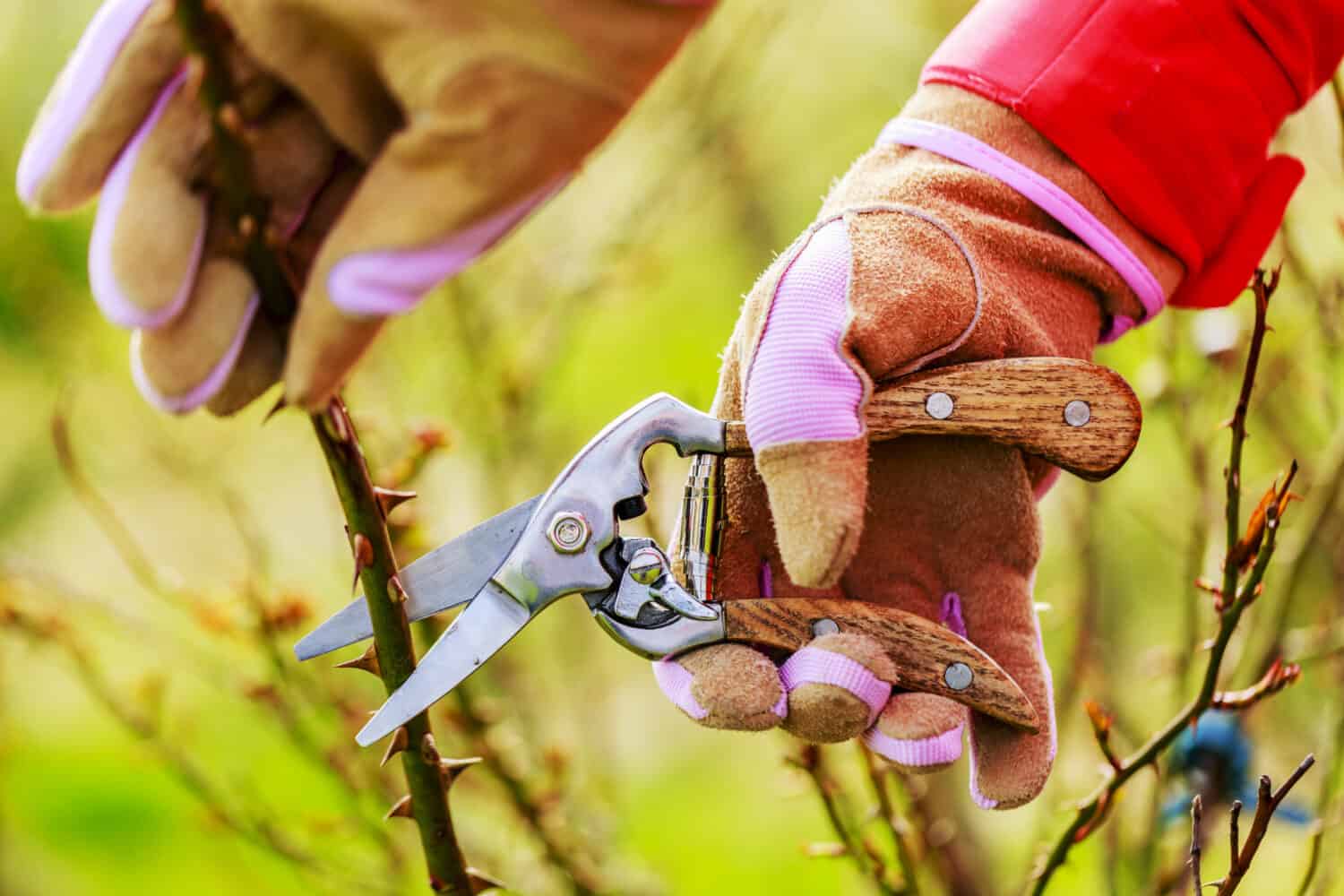
Knock-out roses can be
pruned
in some areas as early as January, but February is a common month in many plant
hardiness zones
.
©gorillaimages/Shutterstock.com
In February, new growth has not started in many zones, and it may be an excellent time for homeowners to begin pruning. Pruning during this dormant season means pests and diseases cannot enter through the cut. The ground is hard, and many plants have shed their leaves. This makes it easier to identify which branches to prune. Though most evergreens require little pruning, deciduous trees and shrubs are good candidates. Avoid pruning shrubs that flower in spring. Some buds may already be forming, and you may severely reduce spring flowering.
February Lawn Maintenance
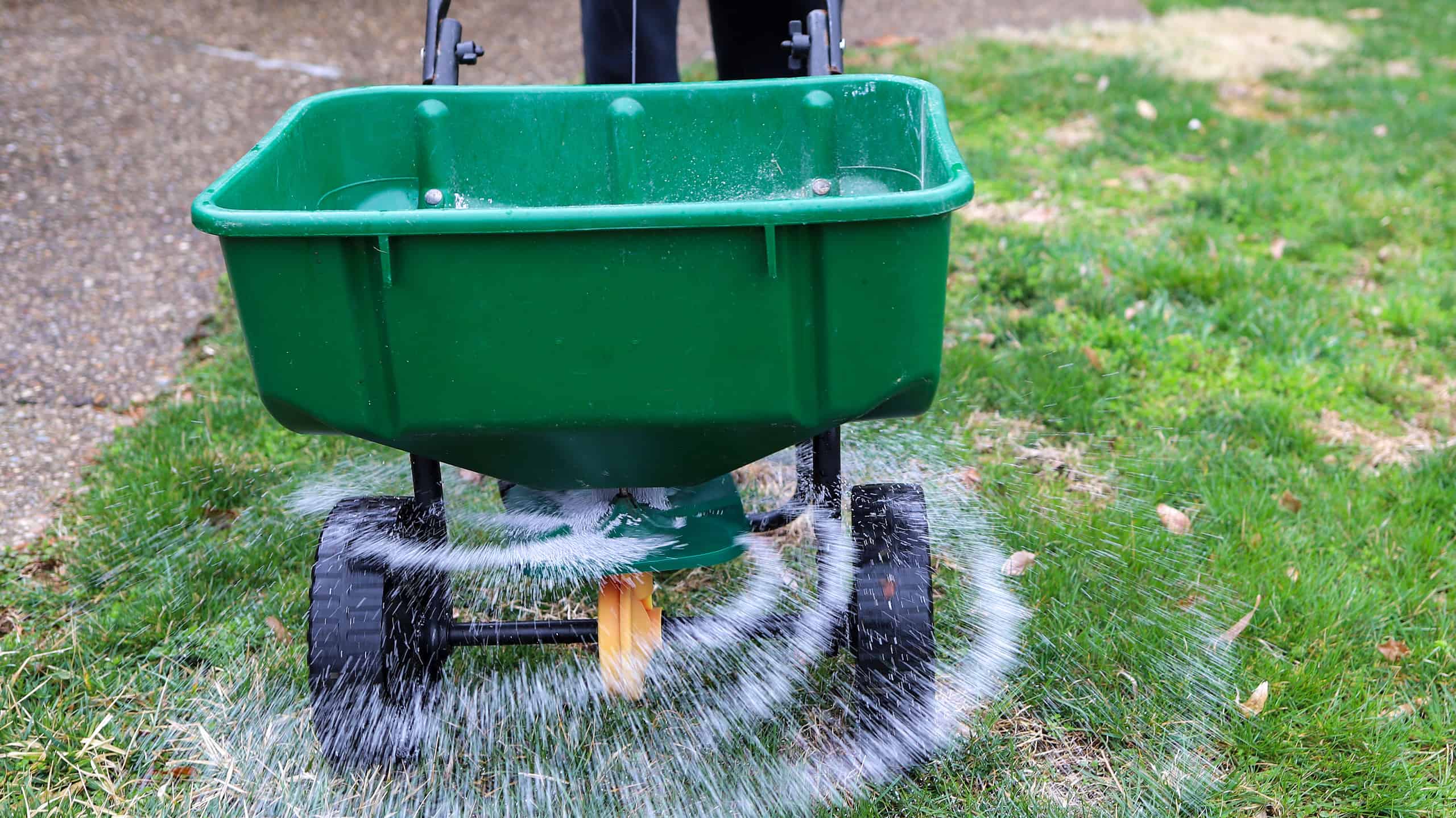
Some cool-season lawns can do with a February fertilizing.
©iStock.com/
A little bit can be done with lawns in February. Analyze the soil to find the pH balance. It should be between 6.0 and 7.0. If it is below 6.0, you may want to add ground limestone or lime pellets. If you have a cool-season lawn (not Bermuda or one of the other warm-season lawns), you can use fertilizer during February. Doing this, in addition to high mowing, will also help control moss. If the ground is still wet or hard, you may not be able to take some of these steps yet. In that case, reduce foot traffic on the lawn to avoid damaging the grass.
Prepare Garden Beds for Spring in February
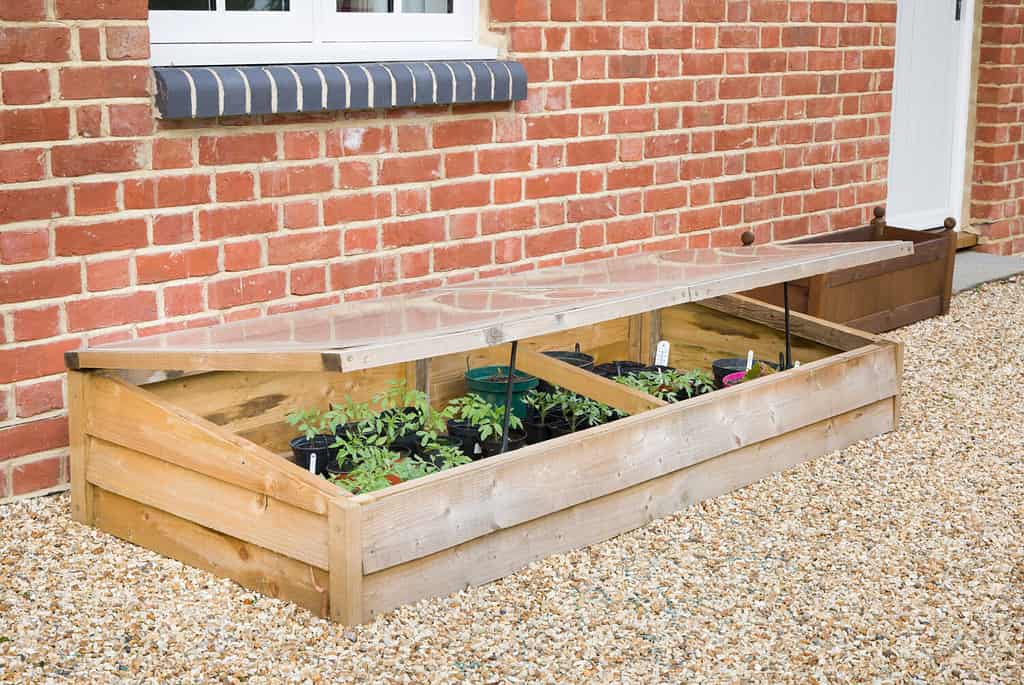
February is NOT the month to keep your cold frames open. You can keep them open when temperatures are staying above 40°F.
©Paul Maguire/Shutterstock.com
This is an excellent time to prepare outdoor planting beds for spring. Begin with a soil analysis to learn if anything should be added to the planting material. As the ground warms, some preliminary weeding can be done to reduce the amount of this needed in spring. Soil can also be prepared by covering it with UV-rated clear plastic. This will give homeowners a jump start by starting and maintaining warmth in the soil. Finally, if you have cold frames out in the yard, keep them covered.
Inventory Your Plant Stock

Inspect bulbs before planting them for signs of dryness or disease.
©Andrea Izzotti/Shutterstock.com
This is also an excellent time for homeowners to take inventory of any planting stock you have on hand. You can organize your seed packets for planting outdoors or in carefully controlled seed trays. Inspect your bulb collection to see if any have withered, dried out, or show signs of disease. Pitch these bulbs.
Purchase Gardening and Lawn Supplies in February
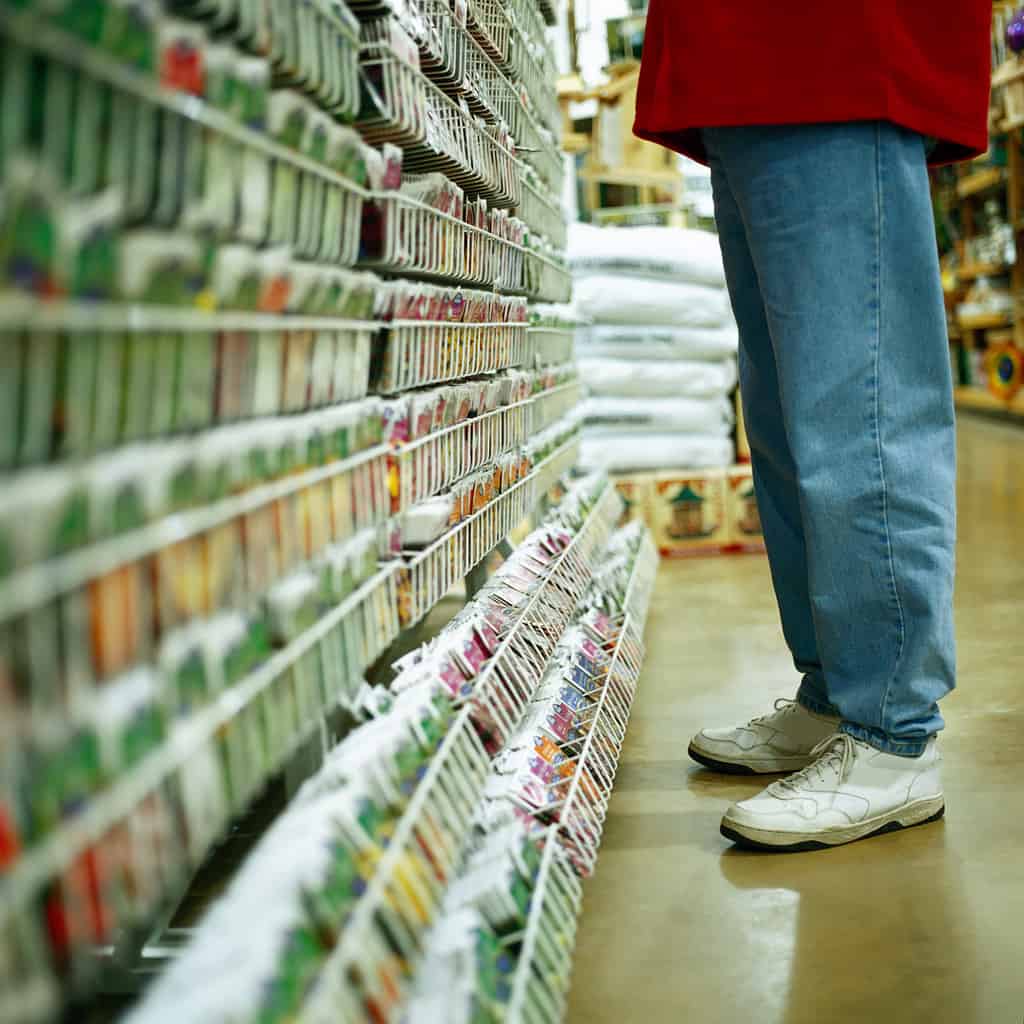
February is a good time to shop for seeds for the upcoming growing season.
©Ryan McVay/ via Getty Images
As spring is on the horizon, February is a good time for homeowners to avail themselves of sales at the local lawn and garden stores. Pick up fruit, vegetables, and flower seeds. Assess whether you have the tools to make yardwork a joy rather than a chore. Perhaps a hat or additional gardening gloves will put you in the mood for spring. Alternatively, you may sit at your computer, drinking your favorite tea or a strong cup of coffee while ordering seeds, perennials, or bulbs for this year’s garden.
Prepare Containers
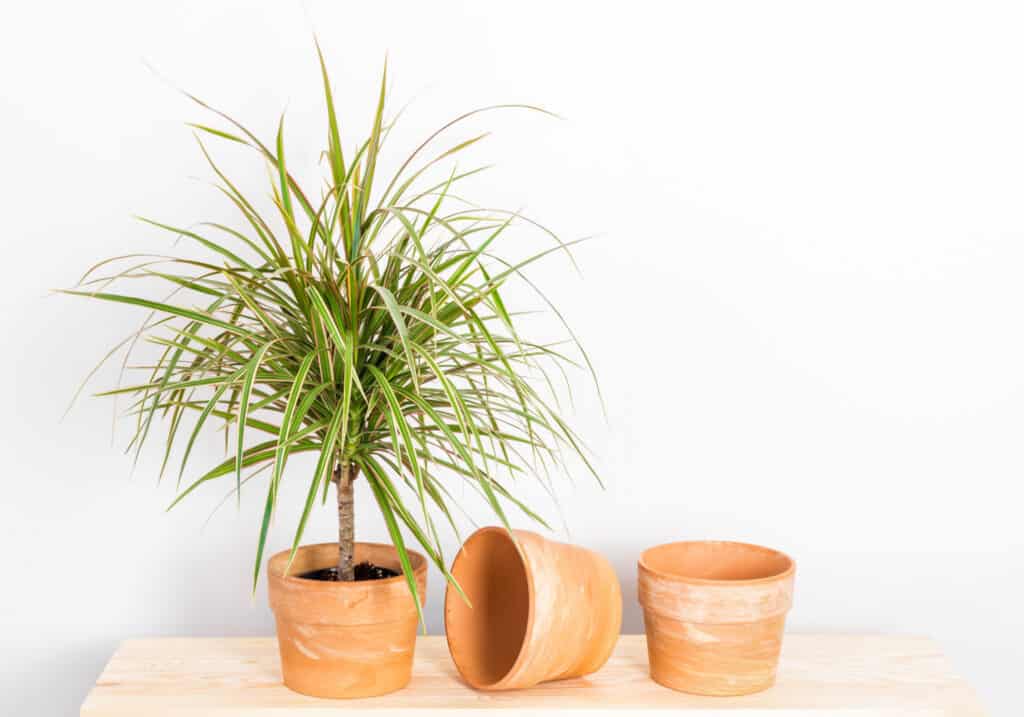
Make sure that your containers for the planting season are clean, undamaged, and ready to go.
©Studio Light and Shade/Shutterstock.com
While buying garden supplies for the upcoming year, homeowners may want to pick up some new clay pots or seed trays. If you already have a collection on hand, February is a good time to wash and dry them. Use a wire brush to remove organic matter from the clay pots, then sterilize them for about an hour in an equal water and white vinegar solution. Afterward, you can pull them out and let them dry in the sun. After washing the seed trays in soap and warm water, the same vinegar solution can be sprayed on the seed trays and then rinsed off after 10 minutes. Make sure you clean the seed trays far enough in advance for them to be dry and ready for starting seeds.
February Plantings
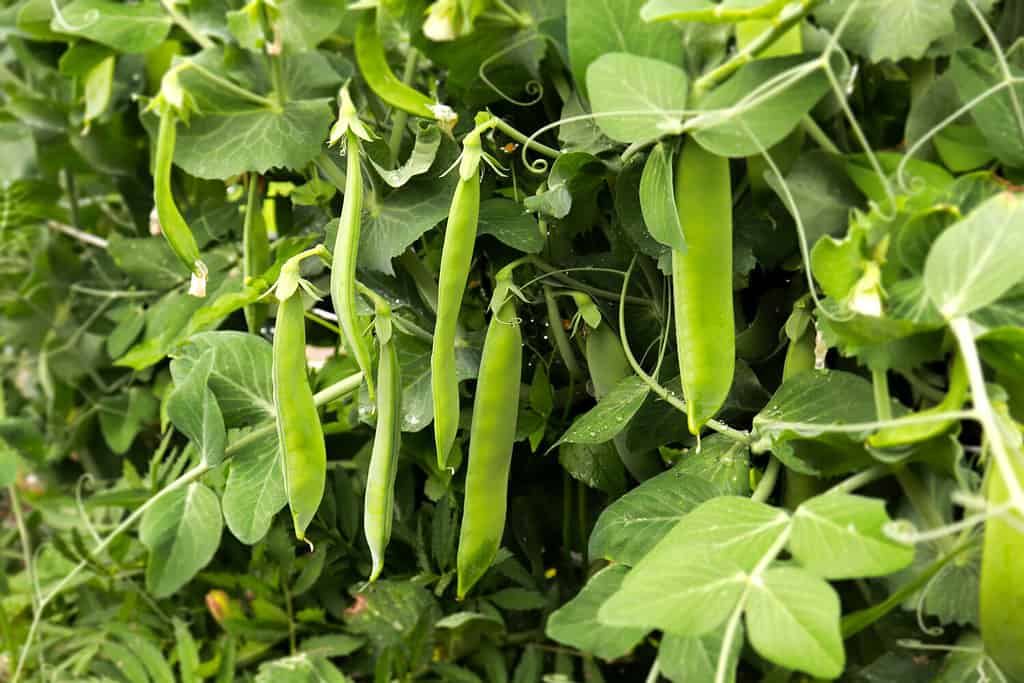
Peas can be planted directly in the garden as early as February.
©Natallia Ustsinava/Shutterstock.com
Though it is not yet spring, some things can be planted in February. While many crops planted in February must be started indoors and then hardened before planted outdoors, peas, beets, and some lettuce varieties can be planted directly in the garden by homeowners outdoors in February.
Prepare Your Yard for Wildlife in February
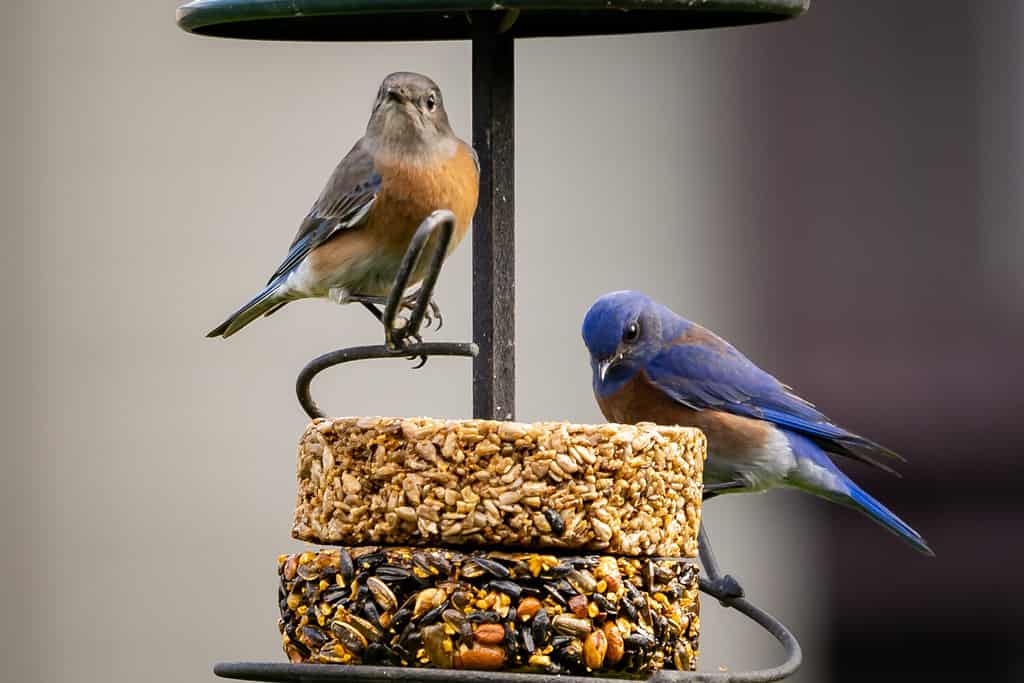
The wildlife is also looking forward to your February yard preparations.
©d murk photographs/Shutterstock.com
Homeowners aren’t the only ones impatient for spring. It may have been a hard winter for local wildlife, too. Bird feeders will provide a welcome respite for your avian neighbors. So clean and restock the bird feeders. Prepare birdhouses. Put out a bird bath. But don’t let them have all of the fun. You can put a nest cam in the birdhouse or make one of your birdfeeders the kind with a built-in camera. Try putting out a variety of feeders that dispense different seeds. As you prepare your garden for the year, it can become a sanctuary for you and a haven for the wildlife around you.
The photo featured at the top of this post is © Mkovalevskaya/iStock via Getty Images
Thank you for reading! Have some feedback for us? Contact the AZ Animals editorial team.






